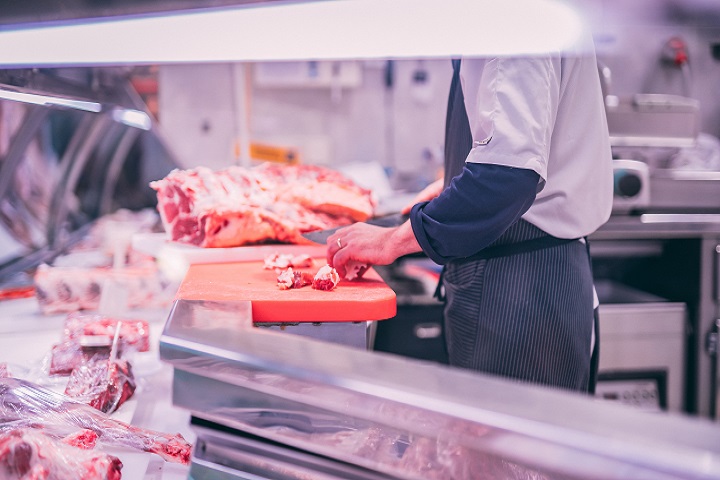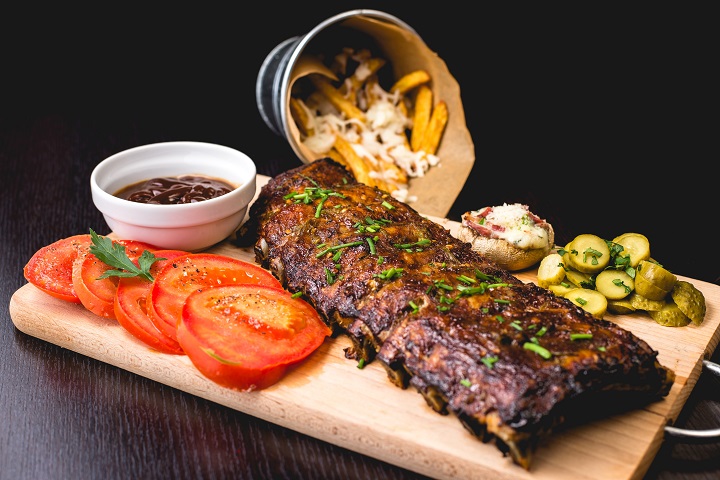Food & Science
Several Ways That Make Processed Meat Safer
In a world where the population is consuming meat, primary meat processing can be a bit cumbersome. Having wholesome health is by far the best virtue you can possess.

In a world where the population is consuming meat, primary meat processing can be a bit cumbersome. Having wholesome health is by far the best virtue you can possess. However, your health cannot be put at risk at any cost by ingesting contaminated food. Unsafe practices can lead to the risk of heart diseases and other health issues.
Thus, hygiene first should remain the motto for the supermarkets or meat wholesalers because the chances of infection in processed meat are high. For this reason, complacency cannot be shown while processing meat; thus, the HACCP plan is adhered to. These practices follow a specific standard procedure to ensure that any bacterial infections that may arise are contained.
Also, following the guidelines for meat processing protects the biological agents during slaughter lines from influenza. Additionally, the dirt can pave its way during meat harvesting contamination, which has to be prevented. This plan entails a thorough sanitation strategy which is undertaken to keep cleanliness and safety in check. The hair or any other dirt from the carcass has to be removed during meat harvesting.
What steps make primary meat processing safe?
Table of Contents
1. Stunning and slaughter
Animals are mostly stunned before they are exposed to slaughter lines; this helps safeguard them from persistent pain. The stunning procedure includes using carbon dioxide, captive pistols, or electric currents to execute the animal. This method allows maximum blood removal from the livestock’s body. During the slaughtering of livestock, due hygiene practices are followed that ensures contamination or infections do not breed in the carcass.

2. Butchering
Orderly handling and knife safety is incumbent during butchering of the livestock. The butchering process commences with removing the animal’s pelt or separating the feathers of poultry before butchering. The pelt or feather removal from the livestock is implemented using high-tech equipment. Following the slaughter lines of the carcass, top-notch hygiene standards are maintained. Assuring the food safety practice helps workers to avoid rupturing the innards.
3. Grading
Carcass grading is dividing the whole livestock into multiple grades based on various criteria. The criteria entail the quality of meat, appearance of the heart, tenderness, and juiciness. Based on these characteristics, the livestock is graded from A to C, and the higher-grade livestock can provide better quality carcasses. Conforming to the quality standards is a must during the grading process to ensure that livestock is of supreme grade.
4. Cutting
Before the piece of the meat reaches your household, a plethora of steps is adopted in primary meat processing. Cutting is one of them, which involves downsizing the large pieces of meat into smaller ones for retailing in the market. This step includes deboning and chopping the skinless breasts into more delicate pieces with utmost safety and sanitation. Employees who work on meat processing should have a food handler certificate obtained.
5. Packaging and distributing
The packaging method is taken up soon after the livestock’s slaughter line is undertaken and is ready to be sold to sellers. The packaging assumed is eco-friendly and carried out with the greatest sterility to curb any meat inflammation.
-

 Instagram4 years ago
Instagram4 years agoBuy IG likes and buy organic Instagram followers: where to buy them and how?
-

 Instagram4 years ago
Instagram4 years ago100% Genuine Instagram Followers & Likes with Guaranteed Tool
-

 Business5 years ago
Business5 years ago7 Must Have Digital Marketing Tools For Your Small Businesses
-

 Instagram4 years ago
Instagram4 years agoInstagram Followers And Likes – Online Social Media Platform















